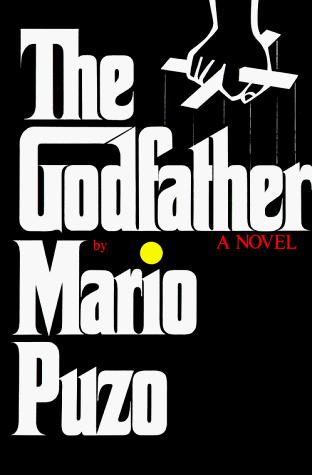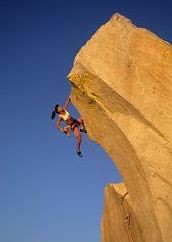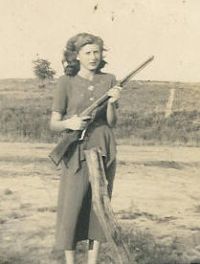 When men were men! And women were women! With varying degrees of success.
When men were men! And women were women! With varying degrees of success.
I started reading The Godfather so I could take a look at the way Mario Puzo had rolled out the plot. The next book I'm working on is a sprawling family saga of revenge, rebellion, genocide, and female guerrilla fighters, and though reading Gone With the Wind has been entertaining, the narrative is a sprawling mess.
Puzo's book is much stronger, and I feel he has a far better handle on his characters and how the book's chapters were going to be set up than Mitchell did with hers.
Besides, The Godfather is the fucking premier bloody generational saga.
The movie's plot stuck pretty closely to what's in the book - the book's got more characters, much more background on each of the supporting characters, and more history of the Corleone family. About what you'd expect.
What interested me were a couple of things he did with the narrative; not just the rolling distant flashbacks, but the way he'd say "this happened" at the end of a chapter (Sonny Corleone's body is revealed) and then spend the *next* chapter telling you *how* it happened.
I used to snap at a writer friend of mine who'd set up his fiction and nonfiction this way: here's what happened. Here's how it happened. He used the structure so much that I'd find myself skipping over the explanation of what happened in order to go to the next chronological event - I never felt that the explanation of how something happened added anything to the action itself.
I'm still not sure how Puzo makes this work. In the case of Sonny's death, it's vital that we know *how* this event occurred because it sets up Michael's murder of his brother in law at the end - we need to understand the events that are set into motion by this event.
By placing the scene with the undertaker *before* the death of Sonny, it means we're not yawning through that whole background chapter about the undertaker already *knowing* why the Godfather has called on his services. It's a pacing/suspense issue.
As far as the women in this story, well, tackling that bit would be like trying to tackle the racism and stereotypes, and well... you sort of have to swallow it wholesale if you're going to read this. Both of the women who's heads we get into have only ever been with Corleone men, and were so affected by the experience that they were either *never* with anyone else or only with somebody else after the death of the one they wanted. These are strong women, and pretty well fleshed out (these aren't cardboard people) but this story isn't about them. It's about their husbands. Just in case you were hoping for something suprising.
In any case, I liked the traditional "tragedy" set-up where the story begins with a wedding and ends with a funeral. There was a nice open and close with that. I haven't stolen that yet.
I've gone so far as to wonder if I'll literally map out the plot of my next book by taking a chapter-by-chapter plot from something like The Godfather that's well-plotted. It might help with some of my plot flailing midway and my sudden, delirious rush to the end once I figure out what the hell I'm doing.
It's time to make up a better writing guidebook, cause what I got ain't cutting it.

Tuesday, May 15, 2007
The Godfather
Subscribe to:
Post Comments (Atom)









































Be the first to sound off!
Post a Comment